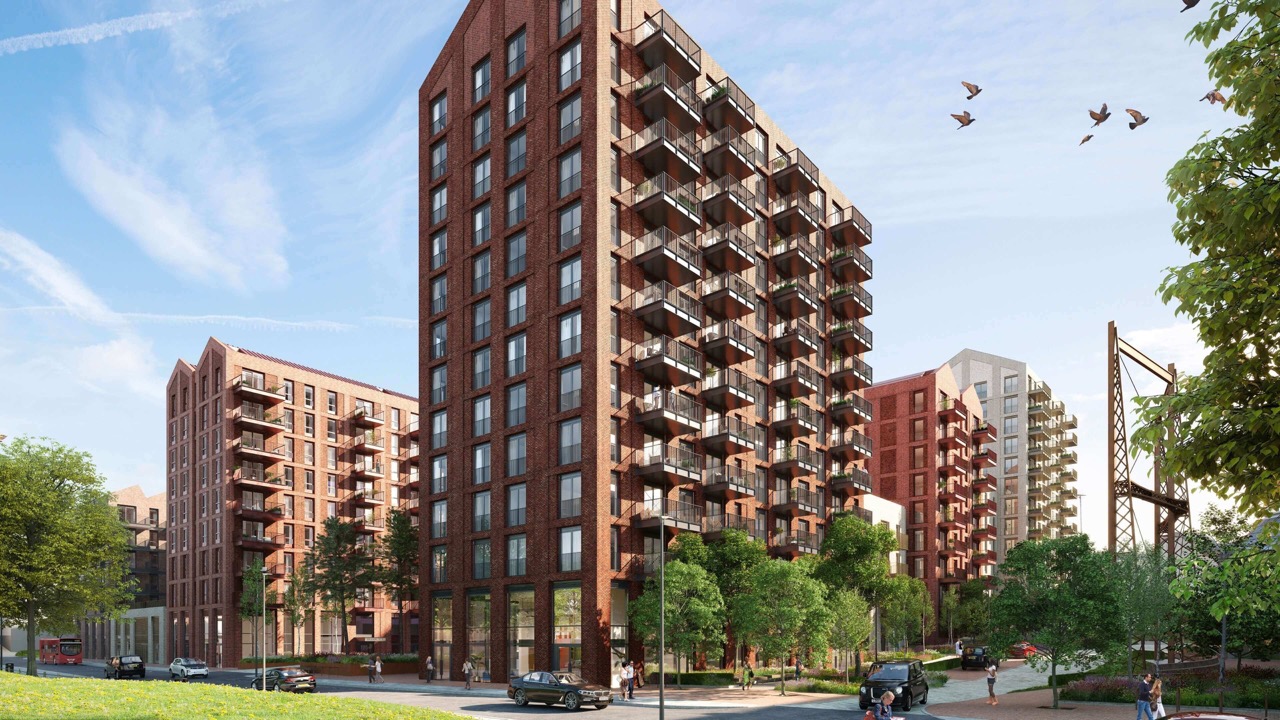
The UK housing market is a dynamic and multifaceted sector, influenced by a myriad of economic, social, and political factors. Understanding these key drivers and emerging trends is essential for investors, policymakers, and prospective homeowners. This comprehensive analysis delves into the primary forces shaping the UK’s property landscape and offers insights into future market trajectories.
1. Key Drivers Influencing the UK Housing Market
a. Supply and Demand Dynamics
The balance between housing supply and demand is a fundamental determinant of property prices in the UK. A persistent undersupply, especially in urban centers, has intensified competition among buyers, leading to escalating prices. Recent data indicates that the UK needs to construct approximately 300,000 new homes annually to meet demand; however, actual completions have consistently fallen short of this target. This shortfall is exacerbated by challenges such as a significant shortage of skilled labor, with the number of bricklayers at its lowest since 1998, threatening the government’s housing plans.
b. Economic Factors
Macroeconomic conditions, including GDP growth, inflation rates, and employment levels, profoundly impact the housing market. Periods of economic expansion bolster consumer confidence and purchasing power, stimulating housing demand. Conversely, economic downturns can suppress demand and apply downward pressure on prices. For instance, the anticipated “great wealth transfer” from baby boomers to younger generations is poised to influence housing dynamics, as significant property assets change hands.
c. Interest Rates and Mortgage Availability
The cost and accessibility of financing are pivotal in shaping housing affordability. The Bank of England’s monetary policy decisions directly influence mortgage interest rates. Projections for 2025 suggest that mortgage rates will stabilize between 4% and 5%, a moderation from previous highs but still above historical lows.
This stabilization is expected to enhance affordability, enabling more first-time buyers to enter the market.
d. Government Policies and Regulations
Legislative measures and policy interventions play a critical role in the housing sector. Initiatives such as stamp duty holidays, affordable housing schemes, and planning reforms can either stimulate or temper market activity. Notably, local policies like those implemented in Gwynedd, Wales—imposing a 150% council tax premium on second homes—have effectively moderated house prices and addressed affordability concerns.
e. Demographics and Population Growth
Population dynamics, including growth rates and demographic shifts, influence housing demand. Urbanization trends, an aging population, and changing household compositions necessitate diverse housing solutions. The impending intergenerational wealth transfer is expected to reshape property ownership patterns, potentially easing access for younger buyers.
f. Foreign Investment and Exchange Rates
The UK’s property market has traditionally attracted substantial foreign investment, drawn by its stability and transparent legal framework. However, the build-to-rent sector is increasingly dominated by foreign private equity firms, raising concerns about affordability and the prioritization of profit over community needs.
2. Current Trends Shaping the UK Housing Market
a. Regional Price Variations
While London has historically been the epicenter of the UK’s property market, recent trends indicate more robust price growth in northern regions. Projections suggest that house prices in northwest England could rise by 29.4% between 2025 and 2029, outpacing the national average, due to relative affordability and increased investment.
b. Emergence of a Buyer’s Market
The year 2025 is anticipated to favor buyers, with increased property listings providing more options and negotiating power. This shift is attributed to a healthier balance between supply and demand, coupled with stabilizing prices.
c. Influence of Build-to-Rent (BTR) Developments
The BTR sector has expanded significantly, now accounting for a substantial portion of new housing, particularly in urban areas. However, the dominance of foreign private equity in this sector has raised questions about long-term affordability and the focus on profit over community interests.
d. Technological Advancements in Property Transactions
The integration of technology in real estate processes, often referred to as PropTech, is streamlining property transactions. Virtual viewings, blockchain-based contracts, and AI-driven property valuations are enhancing efficiency and transparency, making the buying and selling process more accessible.
3. Future Outlook and Predictions
a. Modest Price Growth
Analysts project a steady increase in house prices, with forecasts indicating a 2.5% rise in 2025.
This growth is expected to be more pronounced in regions outside of London, driven by affordability and regional development initiatives.
b. Policy-Driven Market Adjustments
Government interventions, particularly in taxation and housing supply, will continue to shape the market. The conclusion of certain stamp duty reliefs and the introduction of policies targeting housing affordability are likely to influence buyer behavior and investment strategies.
c. Demographic Shifts Influencing Demand
The anticipated transfer of wealth from baby boomers to younger generations may facilitate increased property purchases by first-time buyers, potentially altering market dynamics and easing some affordability constraints.
Conclusion
The UK housing market in 2025 is poised for modest growth, influenced by a complex interplay of supply constraints, economic conditions, policy decisions, and demographic shifts. Stakeholders must navigate these factors carefully, leveraging emerging opportunities while mitigating potential risks. Staying informed and adaptable will be key to success in this evolving landscape.



